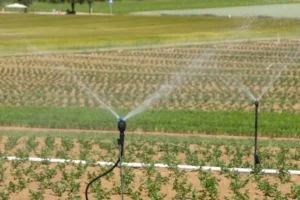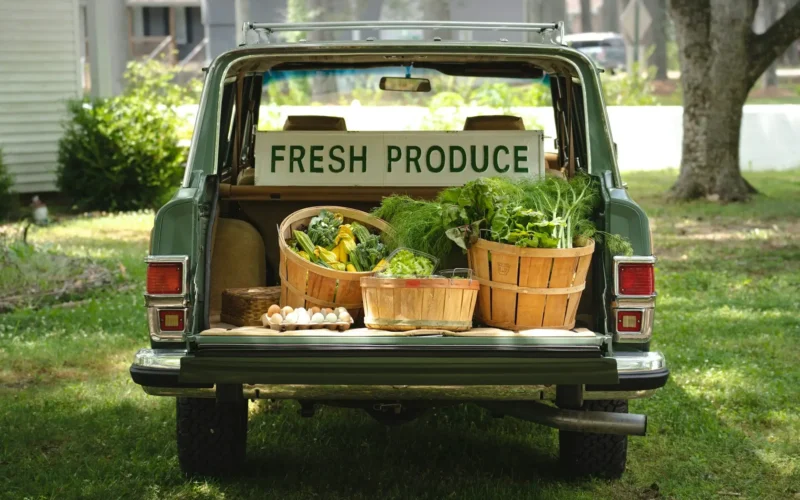The Complete Guide to Growing a Thriving Herb Garden
Expert Tips for Cultivating Flavorful and Aromatic Herbs
Herb gardens offer both culinary delights and natural remedies right at your fingertips. According to a 2023 study by the University of Maryland Extension, homegrown herbs contain 40% more essential oils than store-bought varieties, enhancing both flavor and health benefits.
Whether you’re a beginner or a seasoned gardener, this guide covers:
✅ Best herbs for beginners
✅ Soil, sunlight, and watering needs
✅ Harvesting and preservation techniques
✅ Common pests and organic solutions
1. Choosing the Right Herbs
Not all herbs are created equal—some thrive indoors, while others need full sun.
| Herb | Light Needs | Growth Speed | Best For |
|---|---|---|---|
| Basil | Full sun (6+ hrs) | Fast (60 days) | Pesto, salads |
| Mint | Partial shade | Aggressive | Teas, cocktails |
Table: Best Herbs by Growing Condition
2. Soil and Planting Guide
Herbs prefer well-draining soil with a pH of 6.0-7.0. Use this mix:
-
60% potting soil
-
30% coarse sand
-
10% compost
| Herb | Planting Depth | Spacing |
|---|---|---|
| Rosemary | 1/4 inch | 24 inches |
| Cilantro | 1/2 inch | 12 inches |
3. Watering and Feeding
🚫 Overwatering kills more herbs than drought!
-
Rule: Water when the top 1 inch of soil is dry
-
Best Time: Early morning (reduces fungal risk)

4. Harvesting & Storage
✂️ Cut herbs in the morning when oils peak.
| Method | Best Herbs | Shelf Life |
|---|---|---|
| Drying | Thyme, Oregano | 1 year |
| Freezing | Basil, Chives | 6 months |
Table: Preservation Methods
5. Pest Control
🐞 Organic solutions:
-
Aphids: Spray with soapy water
-
Whiteflies: Use yellow sticky traps

